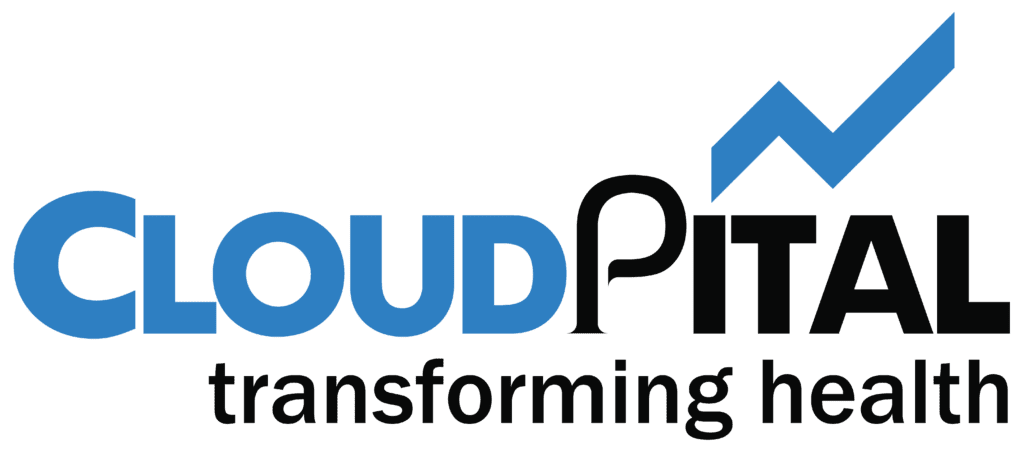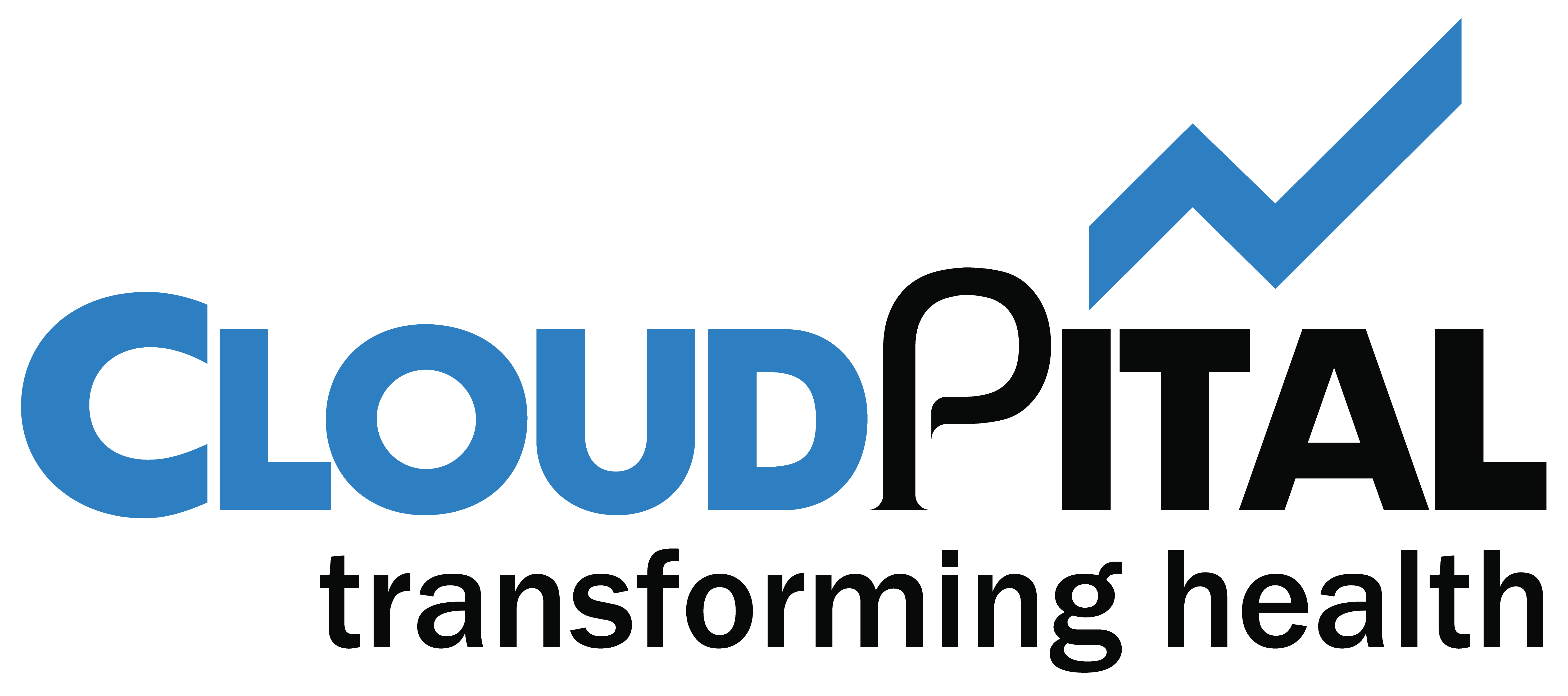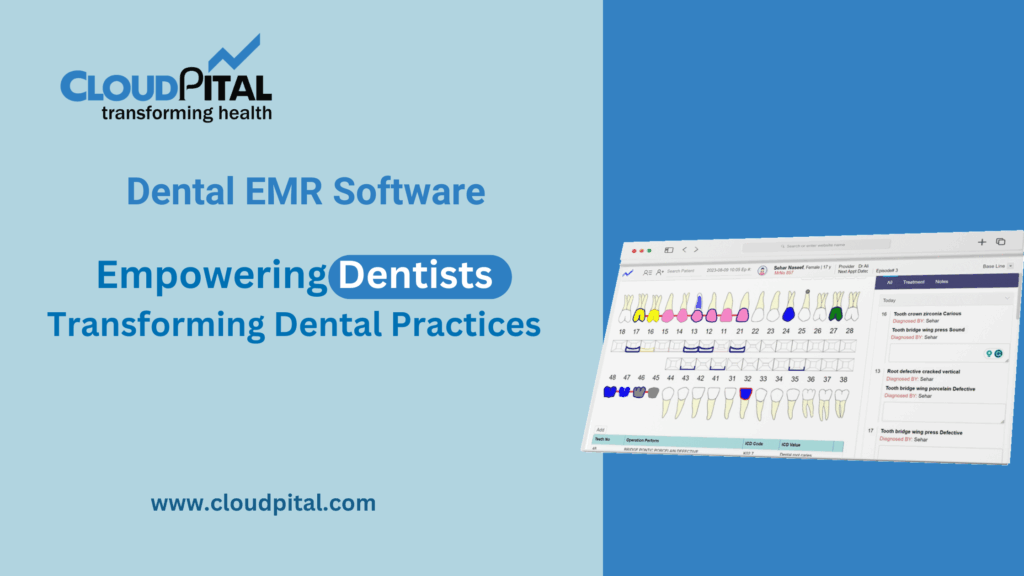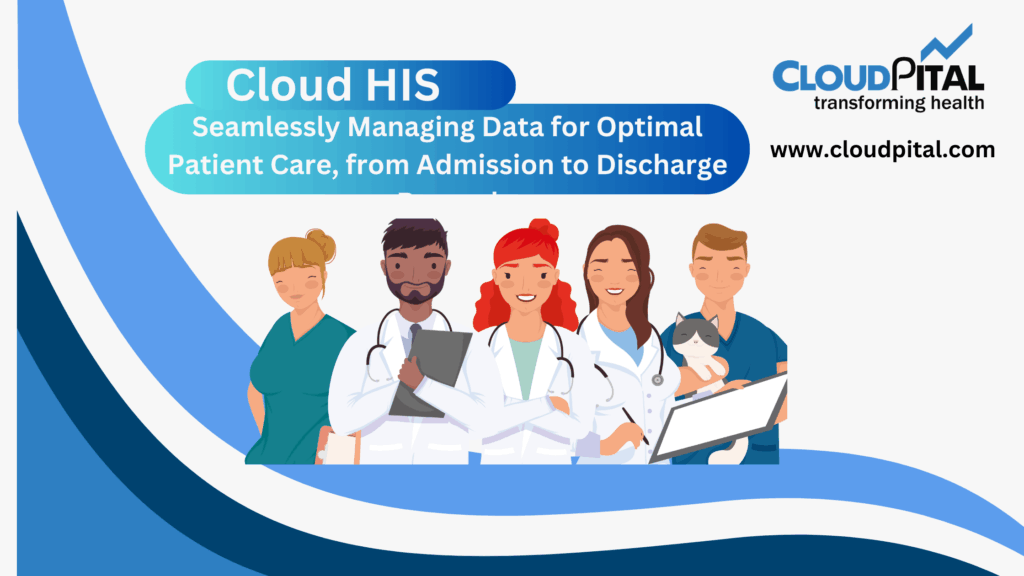Cloudpital # 1 is one of the top EMR has come as a complete game-changer in the healthcare sector by changing patient data storage, management, and access in its entirety. Not only have these systems improved patient care, but also streamlined procedures, enhanced communications, and decreased the likelihood of errors. In order for healthcare practitioners to reap the full benefits of EMR software, the software must contain certain features that accommodate the intricacies of healthcare practices and enhance clinical as well as administrative operations.
Click to Start Whatsapp Chatbot with Sales
Mobile: +966547315697
Email: sales@bilytica.com
Cloudpital # 1 EMR
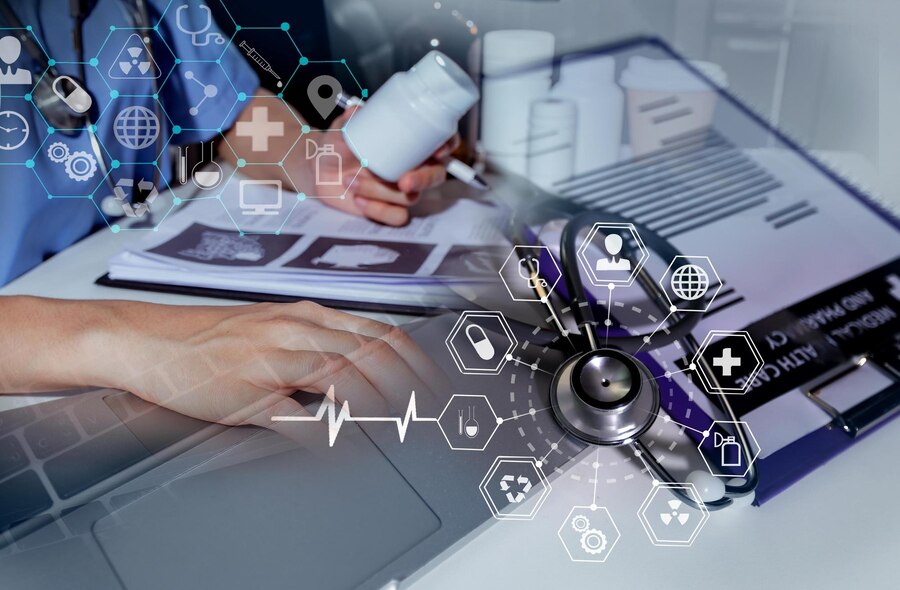
Patient Data Management
The fundamental purpose of EMR software is to effectively manage patient data. A good EMR system must allow healthcare professionals to store, organize, and retrieve a patient’s medical history, such as demographic data, diagnoses, medications, allergies, test results, treatment plans, and vaccination status.
A well-designed EMR must permit the simple entry and retrieval of patient information. Care providers must be able to access a patient’s full history of care rapidly, facilitating more informed decision-making and minimizing the possibility of missing or out-of-date information. Patient information must be stored securely in a structured form that enables straightforward tracking over time.
Clinical Decision Support
Clinical Decision Support (CDS) is arguably the most valuable functionality of EMR software, enabling healthcare practitioners to make accurate decisions from patient information. CDS applications have the ability to examine patient data in real-time and provide advice, alerts, or reminders regarding conditions like drug interactions, allergy, abnormal laboratory results, or preventive care needs.
For instance, if a doctor is on the verge of writing a prescription that may react with an existing prescription, the CDS feature will identify the potential problem before writing the prescription. This enhances the safety of the patient and minimizes errors in medication use, hence an essential feature in current EMRs.
E-Prescribing
E-prescribing is an important component of EMR software that enables healthcare professionals to electronically send prescriptions to pharmacies. This does away with paper prescriptions, minimizing the risk of prescription errors due to poor handwriting or wrong medication details.
E-prescribing systems also offer real-time notifications about drug interactions, contraindications, and possible allergies to avoid, so patients are not prescribed drugs that might hurt them. Moreover, e-prescribing facilitates improved communication between prescribing providers and pharmacies to ensure that prescriptions are administered efficiently and accurately.
Integration of Medical Billing and Coding
Among the key administrative burdens of healthcare is billing and coding. EMR software that combines medical billing and coding capabilities has the potential to greatly simplify the process, decrease errors, and increase efficiency.
The software must also be capable of generating codes for diagnosis, procedures, and services automatically based on the patient’s visit. This will not only facilitate accurate billing but also ensure that insurance claims are processed correctly. Integration with payer systems can hasten reimbursements and minimize administrative overhead, enabling the healthcare providers to concentrate more on treating patients than on settling billing errors.
Patient Portal
Patient portal is a standard feature in contemporary EMR software. It enables patients to view their own medical records, such as lab reports, drug history, and treatment schedules. Such transparency empowers the patient to take control of their health process.
Aside from accessing their medical records, patients can use the portal to interact with their healthcare providers, ask for refills on their prescriptions, book appointments, and be reminded of follow-up visits or preventive tests. A patient portal that is well designed will enhance patient participation and satisfaction as well as lessen the administrative burden of healthcare providers.
Appointment Scheduling and Reminders
Effective scheduling of appointments is an important feature for EMR software. A properly integrated scheduling system enables healthcare providers to schedule patient appointments, monitor patient visit history, and minimize the frequency of scheduling errors. This is especially beneficial for practices that have a high number of patients.
Along with appointment scheduling, EMR software must provide automatic reminders to patients through email, text, or phone calls in order to lower no-show appointments. Reminders may contain the reason for the visit, needed preparation (for example, fasting prior to a test), or critical follow-up care. This capability not only enhances operational productivity but also better patient outcomes through timely visits and screenings.
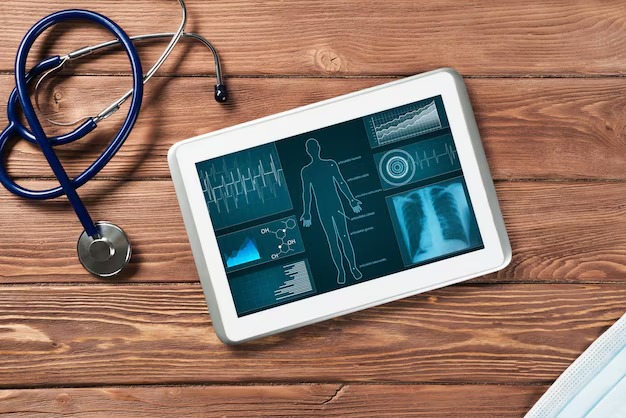
Integration with Lab and Imaging
HIMS Software must enable easy integration with laboratory and imaging systems to receive and process test results in an efficient manner. When lab results or medical images (such as X-rays, MRIs, or CT scans) are uploaded directly into the EMR system, medical professionals can easily access them for analysis, comparison, and decision-making.
This integration reduces the manual entry of test results, and hence the risk of errors, and provides healthcare providers with real-time information at the point of care. In addition, having lab results and imaging data available in the same system as patient history results in more accurate and timely diagnoses.
Data Security and Compliance
As patient information is considered sensitive, security ranks high in EMR software. The software must be HIPAA compliant in America and other countries, as well as meet all other regulatory needs, to ensure that patient privacy and confidentiality are maintained.
EMR software must utilize robust encryption techniques for storage and transmission of data, and must provide the capability for healthcare providers to apply user access controls to ensure that only cleared persons can access or update sensitive information. Also, audit logs must record all access to patient records so that healthcare providers can keep track of and review who looked at or updated information.
Interoperability and Integration with Other Systems
Providers frequently use several systems, including Electronic Health Records (EHR), practice management systems, and outside medical devices. EMR software must be able to integrate and communicate with these systems to gain a complete understanding of a patient’s health status.
Interoperability enables the frictionless sharing of patient information from one platform to another, such that healthcare workers can work in concert and verify that no key information is missing. Being able to interface with other systems, like pharmacy administration systems or insurers, can help automate workflows and enhance patient care coordination.
Analytics and Reporting
Healthcare professionals need access to valuable insights to improve clinical care and make data-driven decisions. EMR software with built-in analytics tools can track patient outcomes, monitor trends in patient conditions, and generate customized reports for healthcare providers.
For example, an EMR system may be able to produce reports on the success of specific treatments, patient compliance rates, or the number of patients who failed to attend preventive care visits. Using this information, healthcare providers are able to see where they need to make improvements and take specific interventions to enhance patient care.
Mobile Access
In modern healthcare, mobility and flexibility are essential. A modern EMR system should feature mobile access to enable healthcare providers to read and update patient data outside of the office, whether they are in hospital rounds, working from home, or at a remote site.
Mobile access allows healthcare professionals to view critical patient information in real-time, regardless of their location. This can be especially useful for professionals working in rural or remote locations, where technology may be less accessible, as well as for professionals who must deliver care on-the-go.
Telemedicine Integration
Telemedicine has also gained wide popularity following the COVID-19 pandemic. Mobile EHR should be able to integrate with telemedicine platforms in order to facilitate virtual visits, where healthcare providers can consult with patients remotely while having access to their medical histories.
Telemedicine integration provides an effortless workflow, making it possible for providers to document and update patient information while conducting virtual visits. This functionality is particularly beneficial for rural patients or those who cannot visit due to mobility concerns or hectic schedules.
Conclusion
EMR software has emerged as a necessary tool in contemporary healthcare environments, offering healthcare providers the means to more effectively manage patient information, decrease errors, and enhance patient outcomes. To ensure the greatest potential for EMR software effectiveness, it should feature patient data management, clinical decision support, e-prescribing, lab and imaging integration, and strong data security.
Other essential features are appointment scheduling, mobile access, analytics and reporting, and telemedicine integration. When these features are integrated, EMR software is a robust tool that not only improves the quality of care but also enhances the overall efficiency of healthcare practices. As healthcare technology continues to evolve, EMR software will continue to be a foundation of patient-centered care, fueling enhancements in both clinical and administrative processes.
What features should be included in EMR Software? similar software solutions prices were updated on 2025-11-23T16:11:04+00:00 in Saudi Arabia in Mecca, Medina, Riyadh, Khamis Mushait, Yanbu, Jeddah, Dammam, Unaizah, Uqair, Ha’il, Ta if, Al Bahah, Dhahran, King Abdullah Economic City, Najran, Diriyah, Qatif, Khafji, Jubail, Abqaiq, List of Cities and Towns in Saudi Arabia, Ras Tanura, Turubah, Jazan Economic City, Knowledge Economic City, Medina, Khobar, Abha, Tabuk, Saudi Arabia, similar software solutions prices were updated on 2025-11-23T16:11:04+00:00 We also provide in Saudi Arabia services solutions company in Hafar Al-Batin, Udhailiyah, Al-Awamiyah, Hofuf, Hautat Sudair, Buraidah, Tayma, Duba, ‘uyayna, Saihat, Al-Kharj, Al-ula, Jizan, Rumailah, Ar Rass, Arar, Shaybah, Al Majma’ah, Rabigh, Dhurma, Haradh, List of Saudi Cities by Gdp Per Capita, Badr, Sudair Industrial City, Baljurashi, Shaqraa, Al-Khutt, Habala, Ad Dawadimi, Dawadmi, Layla, similar software solutions prices were updated on 2025-11-23T16:11:04+00:00 Price is SAR 100 and this was updated on updated on 2025-11-23T16:11:04+00:00 similar What features should be included in EMR Software? software solutions prices were updated on 2025-11-23T16:11:04+00:00 in Saudi Arabia in Haql, Afif, Al-Abwa, Farasan, Al-Jaroudiya, Thadig, Al-Thuqbah, Al Wajh, Almardmah, Al-Zilfi, Muzahmiyya, Prince Abdul Aziz Bin Mousaed Economic City, Tharmada’a, Skaka, Um Al-Sahek, Sharurah, Tanomah, Bisha, Dahaban, Al Qunfudhah, Qurayyat, Saudi Arabia, Ha’ir, as Sulayyil, Al Lith, Turaif, Al-Gway’iyyah, Samtah, Wadi Ad-Dawasir, Az Zaimah, Safwa City, Jalajil, Harmah, Mastoorah, Hotat Bani Tamim, Jabal Umm Al Ru’us, Rafha, Qaisumah, Al-Ghat, Hajrah, Al-Hareeq. Excerpt: Jeddah (also spelled Jiddah, Jidda, or Jedda; Arabic: Jidda) is a Saudi Arabian city located on the coast of the Red Sea and is the major urban center of western Saudi Arabia similar software solutions prices were updated on 2025-11-23T16:11:04+00:00 Price is SAR 100 and this was updated on updated on 2025-11-23T16:11:04+00:00
